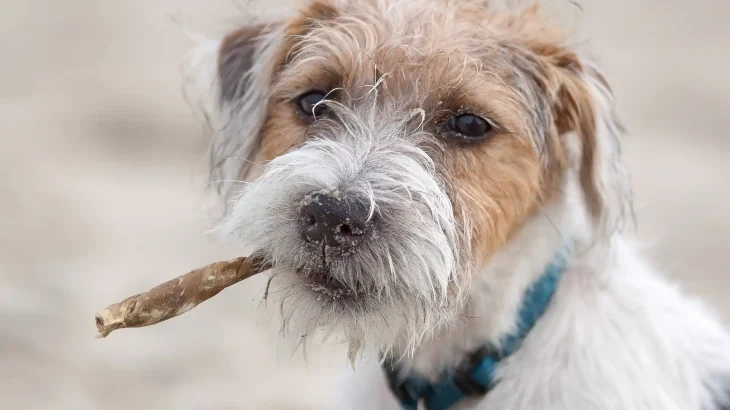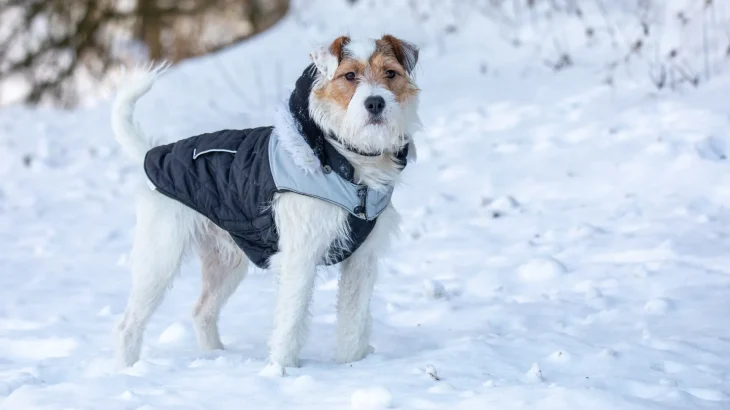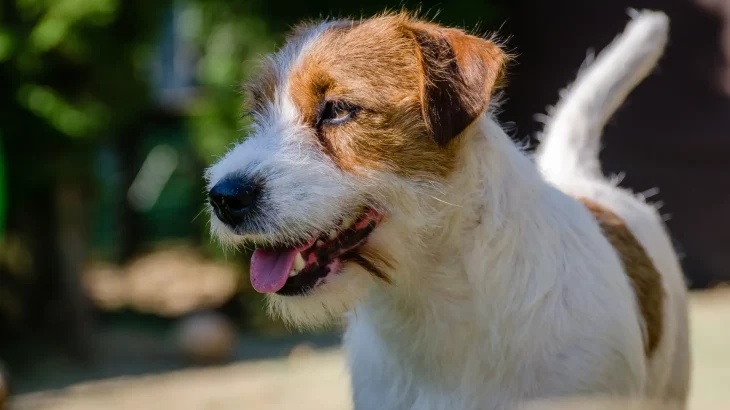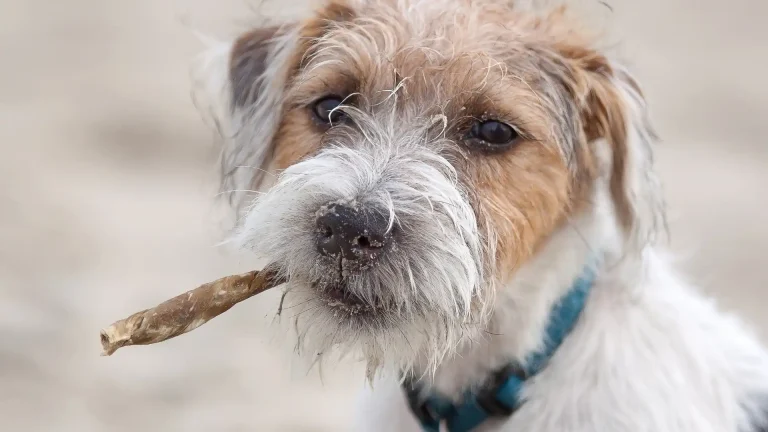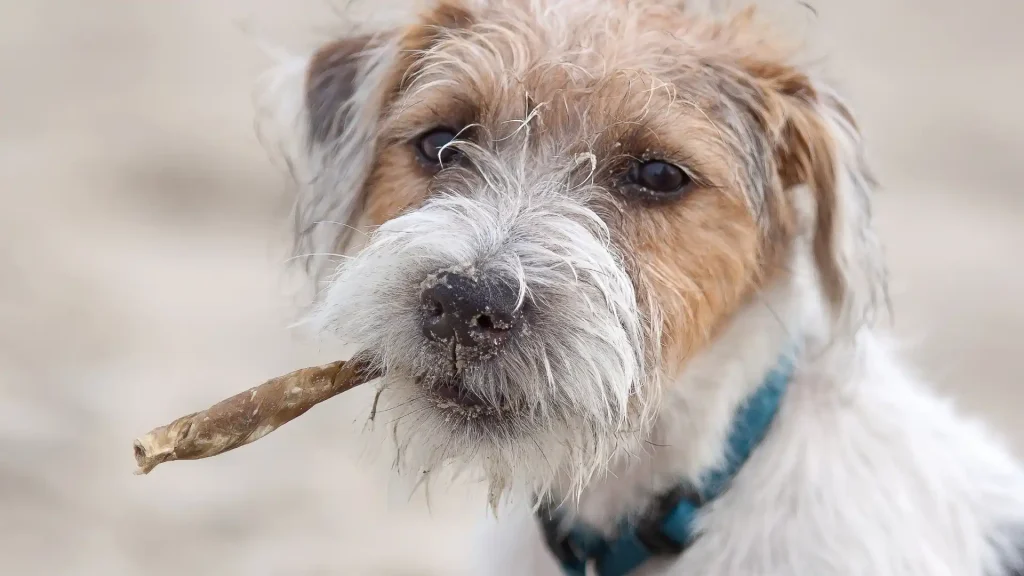When deciding how to bring a Parson Russell Terrier into your home, you can either adopt or buy from a breeder. Each option comes with its own benefits and challenges, especially regarding health transparency, cost, and the ethical side of supporting breed preservation versus rescue efforts.
Adoption vs. Breeder: Pros & Cons
| Criteria | Buying from Breeder | Adopting from Shelter/Rescue |
|---|---|---|
| Cost | Generally higher upfront cost, sometimes several hundred to a few thousand dollars depending on the breeder. | Typically lower fees, often covering initial veterinary care including vaccinations and spay/neuter. |
| Health History | Breeders provide detailed health backgrounds and genetic testing to minimize hereditary issues. | Health history may be incomplete or unknown, though rescues tend to provide vet check summaries. |
| Age Availability | Mostly puppies, allowing early bonding and training opportunities. | Varied ages available, from puppies to adults, offering more flexible choices. |
| Temperament Insight | Breeders can often give careful insights based on lineage and early socialization. | Temperament may be inferred from staff observations, but full background is often a mystery. |
| Supporting Practices | Supports responsible breeding programs aiming to preserve breed standards. | Supports animal rescue efforts and reduces shelter overcrowding. |
| Ethical Considerations | Must ensure breeder follows ethical breeding standards to avoid supporting puppy mills. | Ethically promotes rescue and second chances for dogs in need. |

